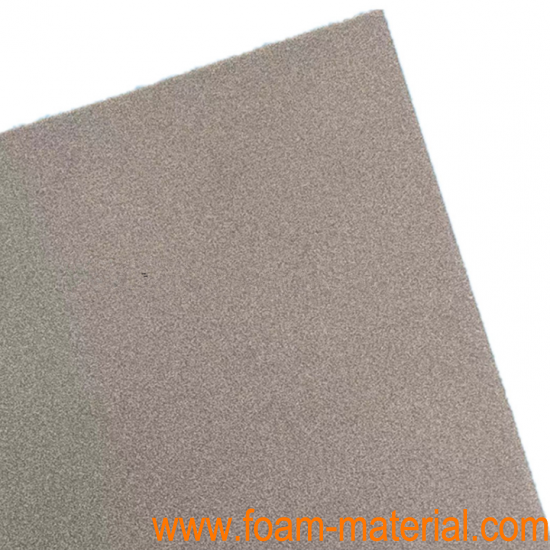Co foam, also known as cobalt foam or cobalt metal foam, is a porous material composed of solid cobalt with interconnected voids or pores throughout its structure. Similar to other metal foams, Co foam offers unique properties due to its cellular architecture. It is typically produced through a foaming process that involves the addition of a blowing agent to molten cobalt, resulting in the expansion and solidification of gas bubbles during cooling.
Here are some key aspects and experimental properties of Co foam:
Lightweight: Co metal foam exhibits a low density, making it lightweight compared to solid cobalt. This property is advantageous in applications where weight reduction is desired, such as aerospace and automotive industries.
High Porosity: Copper foam possesses a high volume fraction of interconnected pores, resulting in a significant porosity. The porosity can be controlled during the foaming process to meet specific application requirements.
Enhanced Surface Area: The porous structure of Co foam provides a large surface area relative to its volume. This increased surface area can be advantageous for applications involving catalysis, gas diffusion, and absorption.
Mechanical Properties: Co foam exhibits unique mechanical properties that are different from solid cobalt. Its mechanical strength and behavior can be experimentally evaluated through compression testing, which measures its compressive strength, stress-strain characteristics, and energy absorption capacity.
Thermal Conductivity: metal foam's thermal conductivity can be experimentally measured using techniques such as the guarded hot plate method or thermal conductivity analyzer. These tests determine the foam's ability to conduct heat and its suitability for applications involving heat transfer.
Electrochemical Performance: Co foam can be used as an electrode material in various electrochemical devices, such as batteries and fuel cells. Its electrochemical properties, including specific capacitance, charge/discharge behavior, and stability, can be experimentally evaluated to assess its performance in these applications.
Corrosion Resistance: Co foam's corrosion resistance can be assessed through experimental testing in corrosive environments, similar to solid cobalt. Experiments involving exposure to corrosive agents or saltwater can determine the foam's resistance and durability against corrosion.
Material Characterization: Techniques like scanning electron microscopy (SEM), X-ray computed tomography (CT), and X-ray diffraction (XRD) can be used to analyze Co foam's microstructure, pore size distribution, phase composition, and other material characteristics.
By conducting these experimental tests and characterizations, researchers can gain insights into Co foam's properties, performance limitations, and potential applications. These findings contribute to the development of new materials, optimization of fabrication processes, and the exploration of innovative uses for Co foam in various industries and scientific fields.
12 No. 62 Yuanshan North Road, Huli District, Xiamen City, Fujian Province, China
tel :
+86-592-7296029email :
Daisy@foam-material.comCopyright © Cheap Copper Foam, Iron Nickel Foam, Titanium Foam All Rights Reserved. Powered by dyyseo.com
 Daisy@foam-material.com
Daisy@foam-material.com
